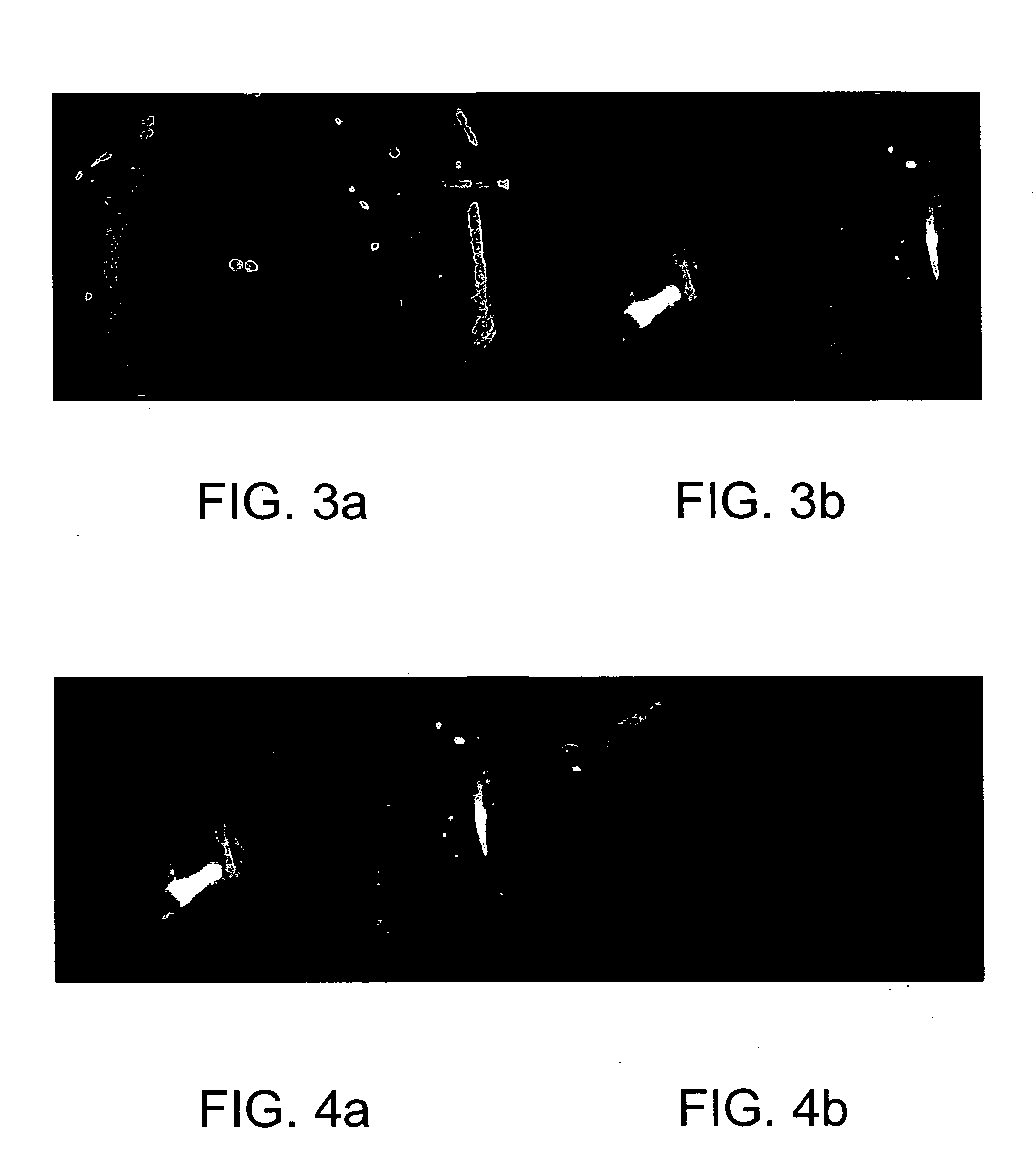Shielded intraocular probe for improved illumination or therapeutic application of light
a technology of intraocular probes and shielded lenses, applied in the field of surgical instruments, can solve the problems of glare, difficult to distinguish using conventional illumination, and structure that is nearly transparen
- Summary
- Abstract
- Description
- Claims
- Application Information
AI Technical Summary
Benefits of technology
Problems solved by technology
Method used
Image
Examples
Embodiment Construction
[0022] Reference will now be made in detail to the preferred embodiments of the present invention, examples of which are illustrated in the accompanying drawings.
[0023] As shown in FIGS. 1 and 2, an intraocular light probe 10 has a mask or shield 20 affixed at its distal end 60 thereof which forms a directed light beam 30, 40 for intraocular illumination of, or application of therapeutic light to, target tissues. The mask or shield 20 is preferably opaque or semi-opaque, and may be constructed of metal, polymer, Teflon, or other suitable surgical-grade material. The mask or shield 20 may be constructed of a soft, semi-rigid or rigid material, but may be made rigid enough to serve as the shaft of an instrument with a probe or manipulator at its distal tip. The shape of the mask or shield can be flat, curved or circular, with an opening or aperture 50 along one side.
[0024] The opening or aperture 50 extends along at least a portion of the length of the mask or shield 20. The apertur...
PUM
 Login to View More
Login to View More Abstract
Description
Claims
Application Information
 Login to View More
Login to View More - R&D
- Intellectual Property
- Life Sciences
- Materials
- Tech Scout
- Unparalleled Data Quality
- Higher Quality Content
- 60% Fewer Hallucinations
Browse by: Latest US Patents, China's latest patents, Technical Efficacy Thesaurus, Application Domain, Technology Topic, Popular Technical Reports.
© 2025 PatSnap. All rights reserved.Legal|Privacy policy|Modern Slavery Act Transparency Statement|Sitemap|About US| Contact US: help@patsnap.com



